Letter-sound association Alphabet Worksheets for Ages 3-6
12 filtered results
-
From - To
Explore our vibrant collection of Letter-Sound Association Alphabet Worksheets designed for children aged 3-6! These engaging printables are perfect for young learners to make the essential connection between letters and their corresponding sounds. Each worksheet features playful activities that promote phonemic awareness, helping kids confidently build foundational reading skills. Through tracing, matching, and coloring tasks, children will delight in mastering the alphabet while having loads of fun. Tailored for preschoolers and kindergartners, our worksheets support early literacy development, ensuring your child’s journey to reading is both enjoyable and educational. Jumpstart your child’s learning adventure with our high-quality resources!
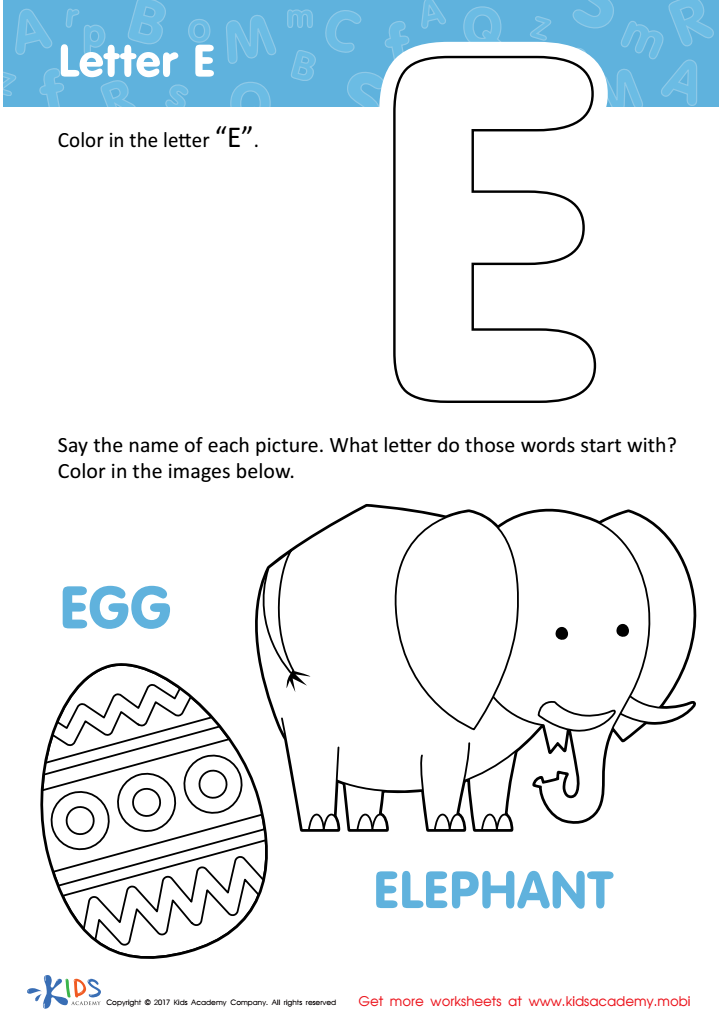

Letter E Coloring Sheet


Letters J and K Tracing Worksheet
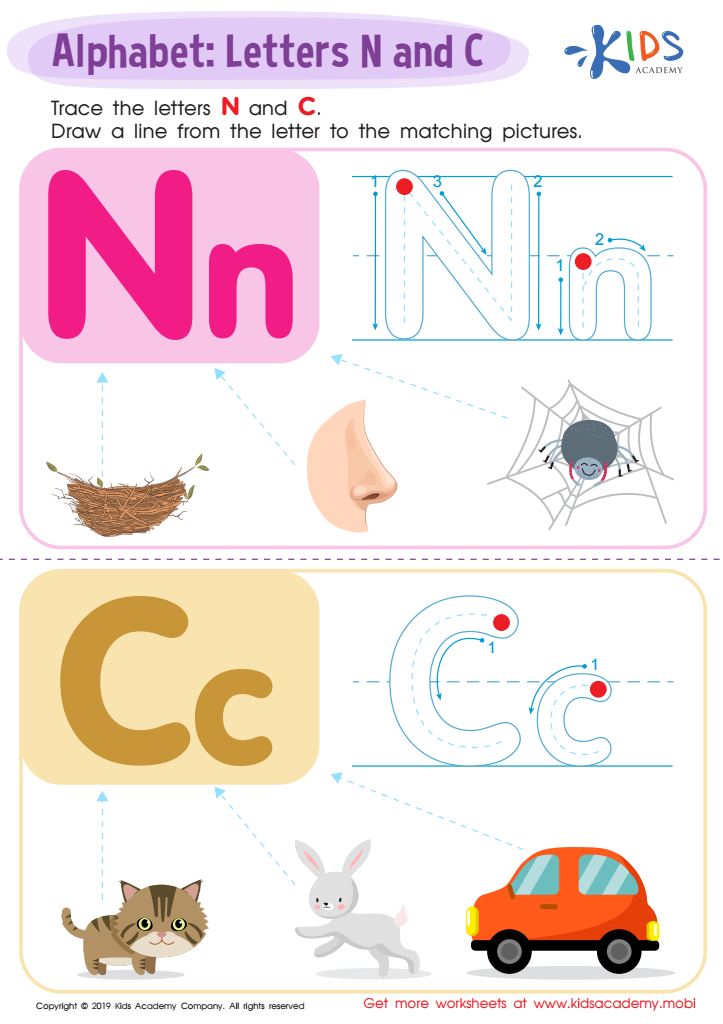

Letter N and C Tracing Worksheet
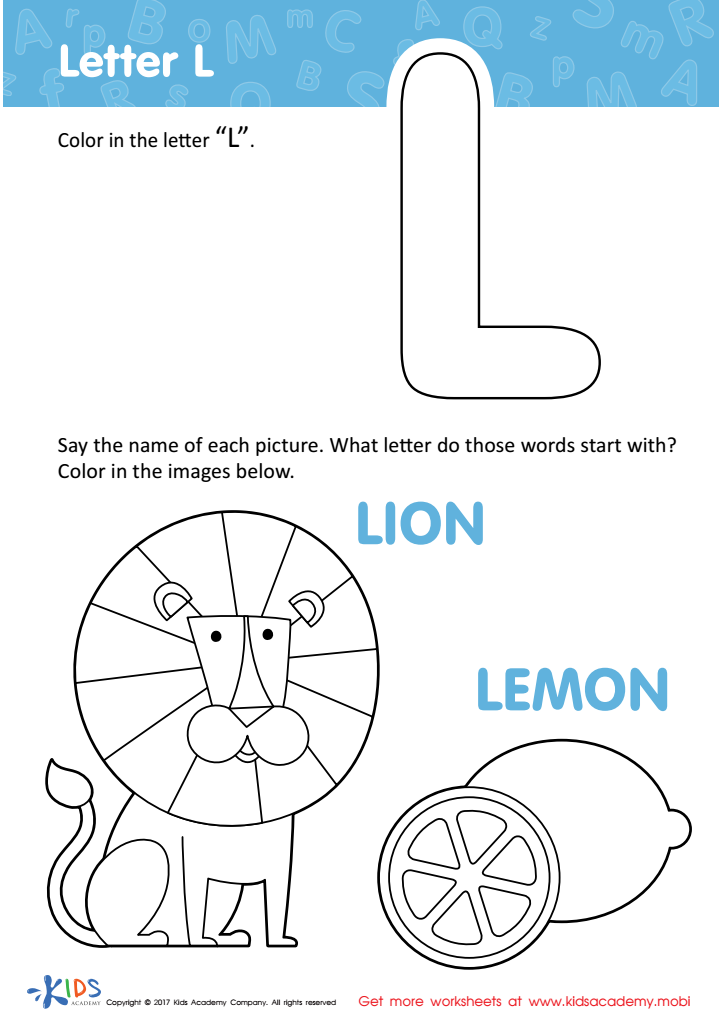

Letter L Coloring Sheet
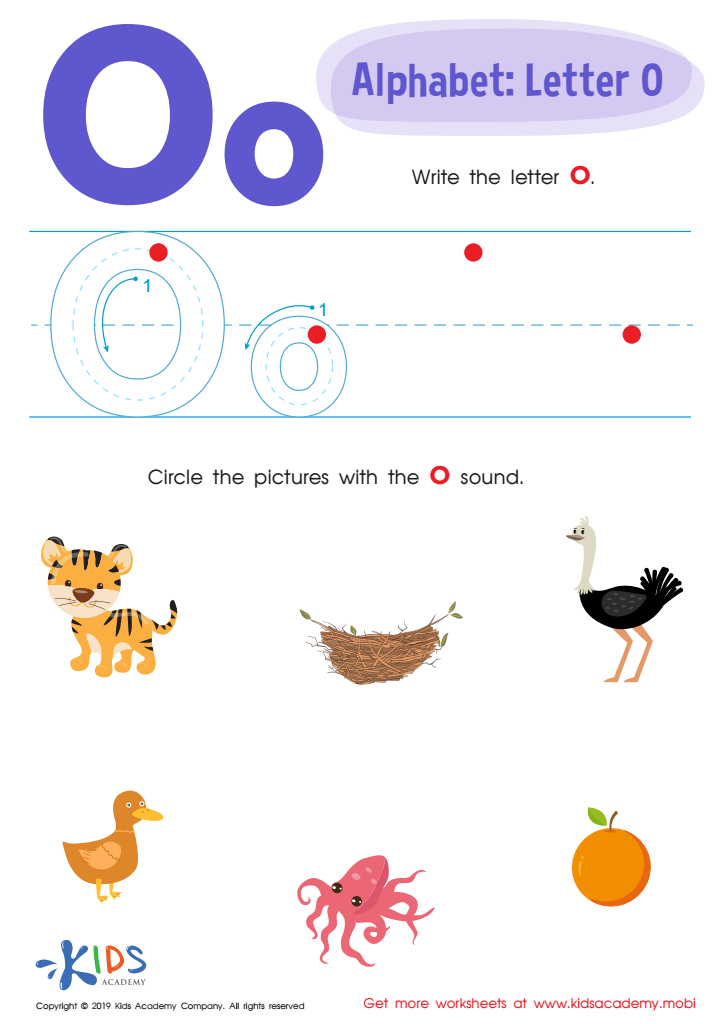

Letter O Tracing Worksheet
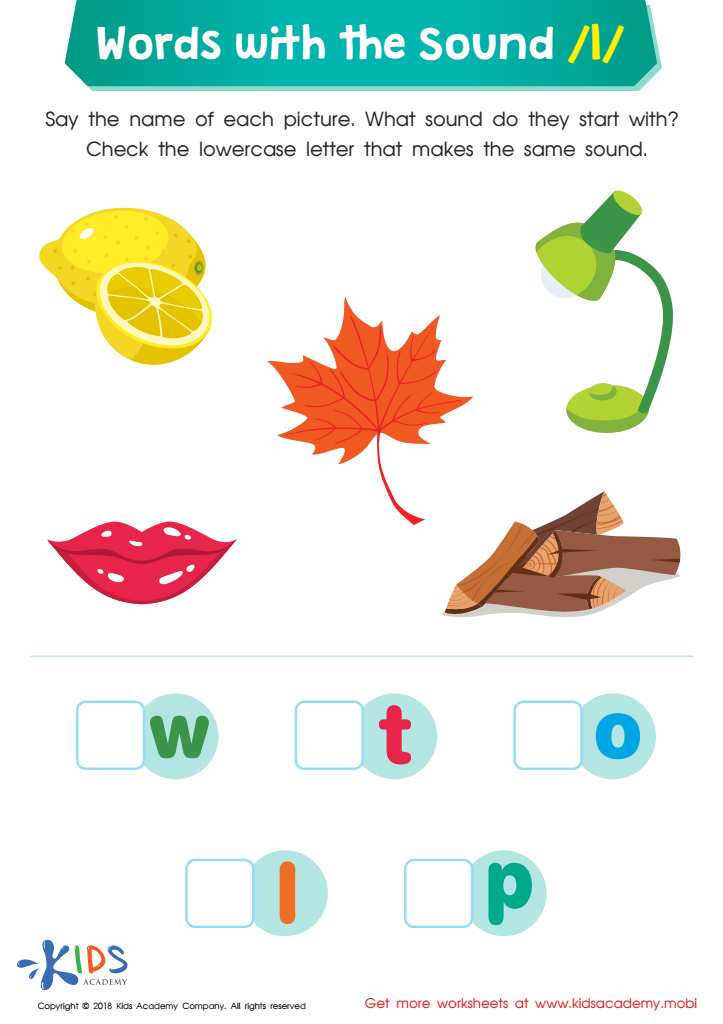

Words with Sound L Reading Worksheet
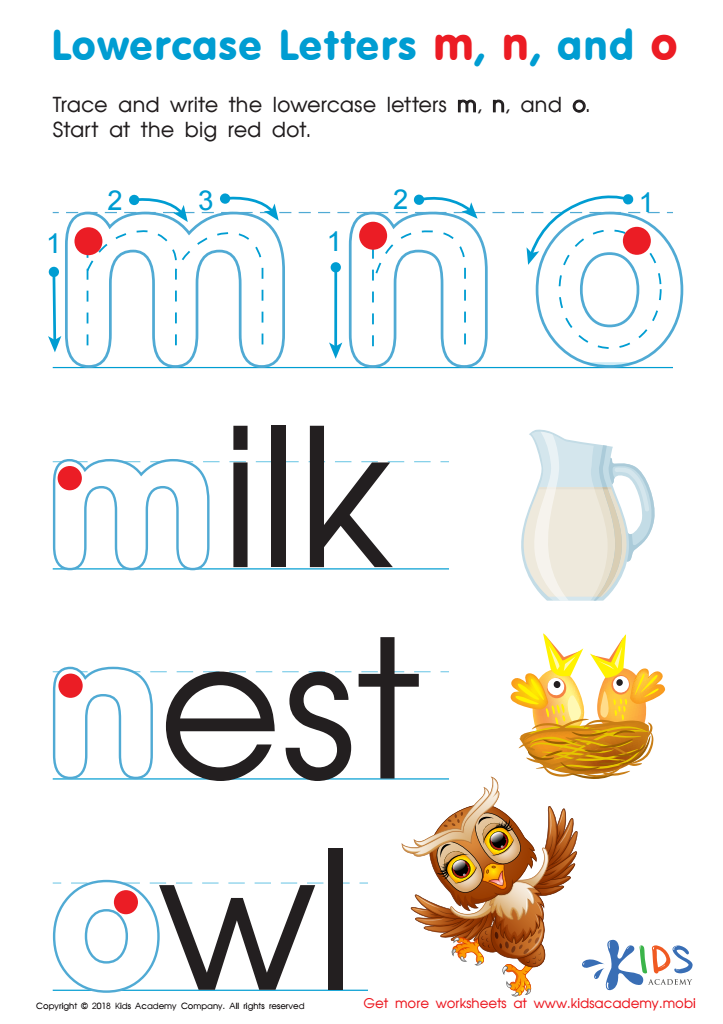

Lowercase Letters m n o Worksheet
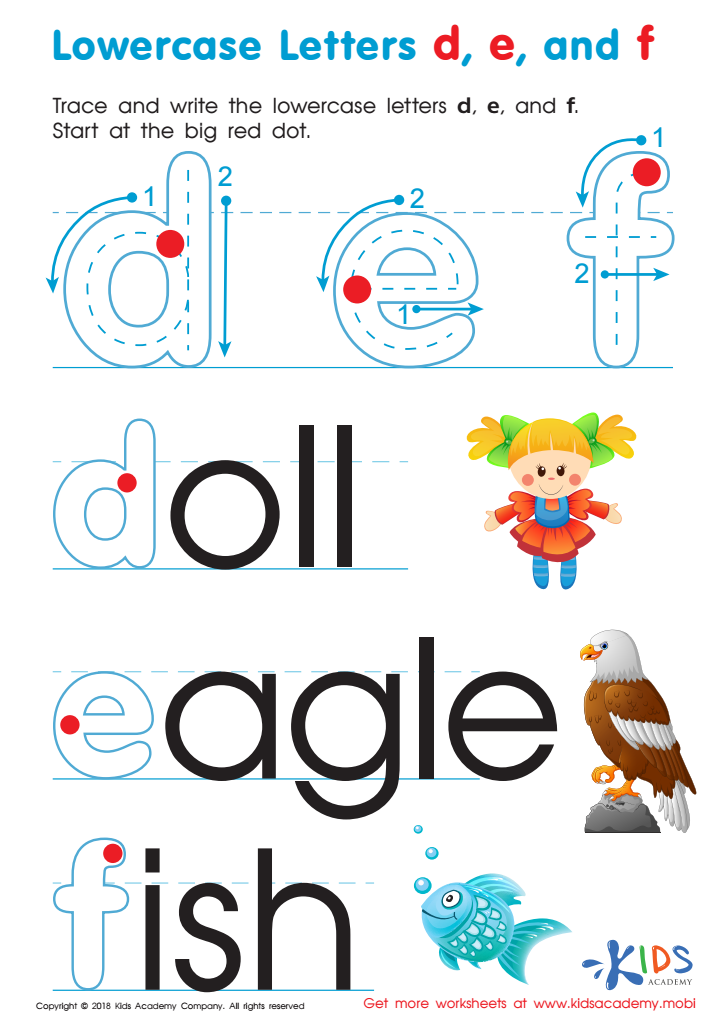

Lowercase Letters d e f Worksheet
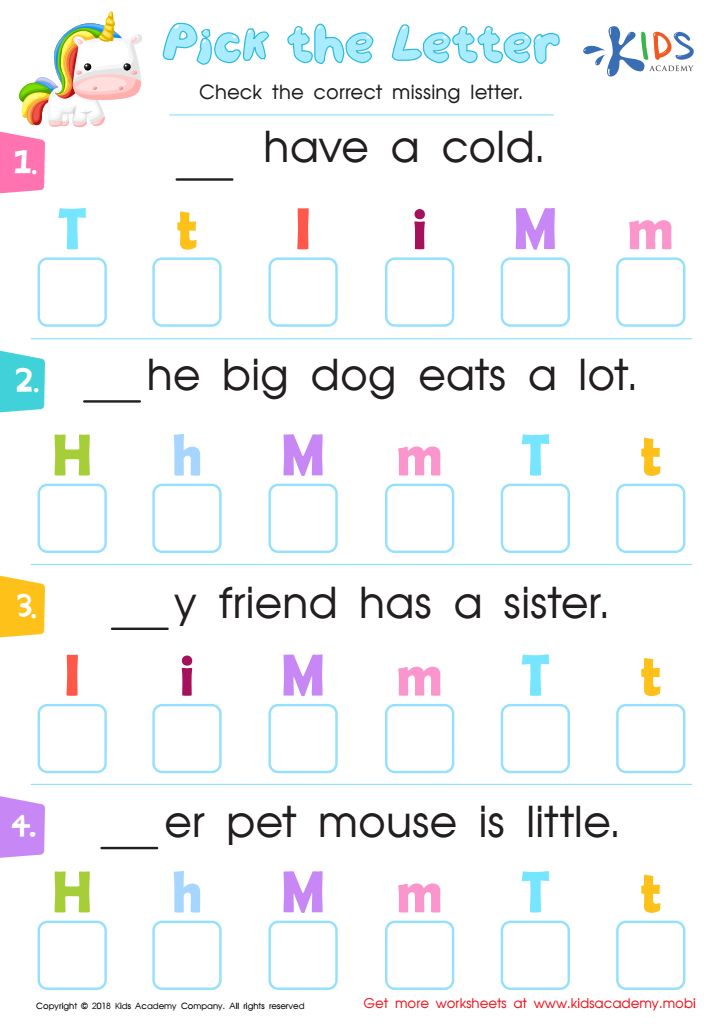

Pick the Letter Worksheet
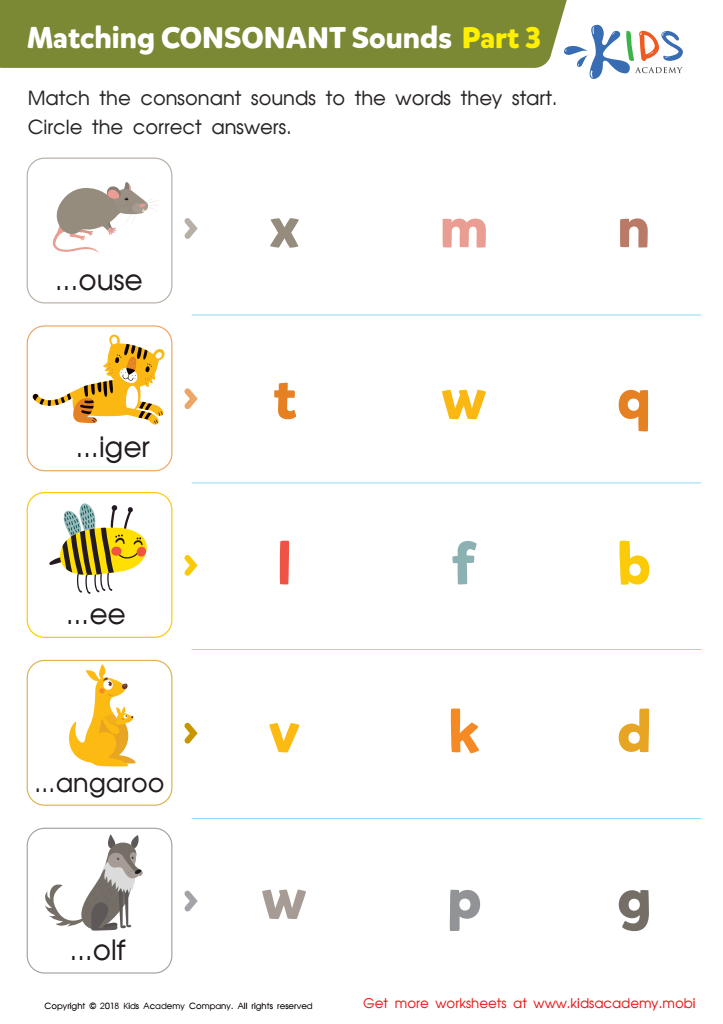

Matching Consonant Sounds: Part 3 Worksheet
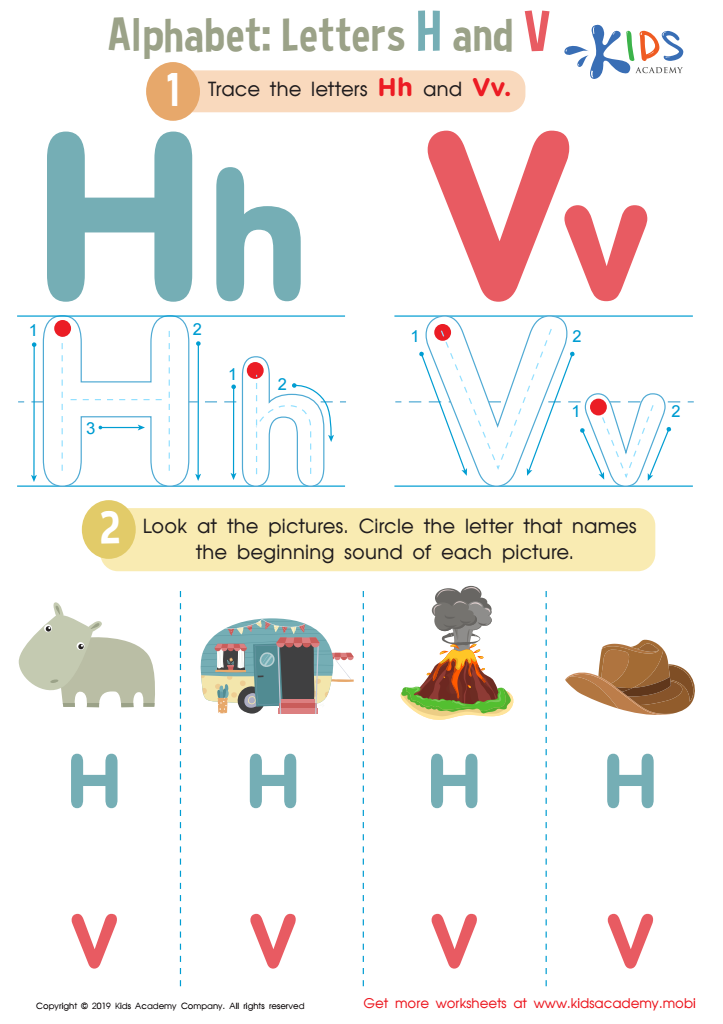

Letters H and V Tracing Worksheet
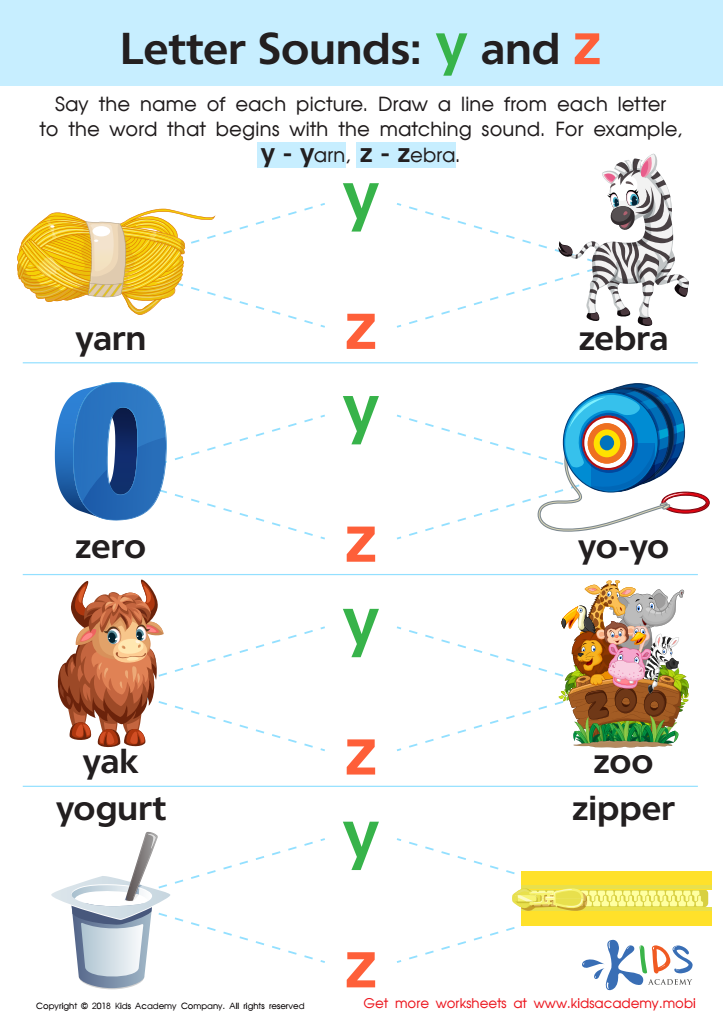

Letter Y and Z Sounds Worksheet
Parents and teachers should care about letter-sound associations for children ages 3-6 because this foundational skill is crucial for developing literacy. At this age, children are in the early stages of language acquisition, and understanding the relationship between letters and their corresponding sounds is key to learning to read and write. When children grasp letter-sound associations, they can begin to decode words, recognize familiar words, and blend sounds to form new words, paving the way for reading fluency and comprehension.
Phonemic awareness, which includes skills like distinguishing individual sounds in words, is strengthened through letter-sound association activities. These skills are essential for early reading success, as they enable children to approach unfamiliar words strategically. Moreover, early exposure to letter-sound relationships can help children develop a love for reading, enhance their vocabulary, and improve their communication skills even before formal schooling begins.
For teachers, emphasizing letter-sound associations aligns with educational standards and prepares students for more advanced literacy instruction. For parents, reinforcing these skills at home supports what children learn in school and creates a collaborative effort in their child’s education. Altogether, focusing on letter-sound associations for young learners fosters a strong foundation for lifelong literacy development.
 Assign to My Students
Assign to My Students






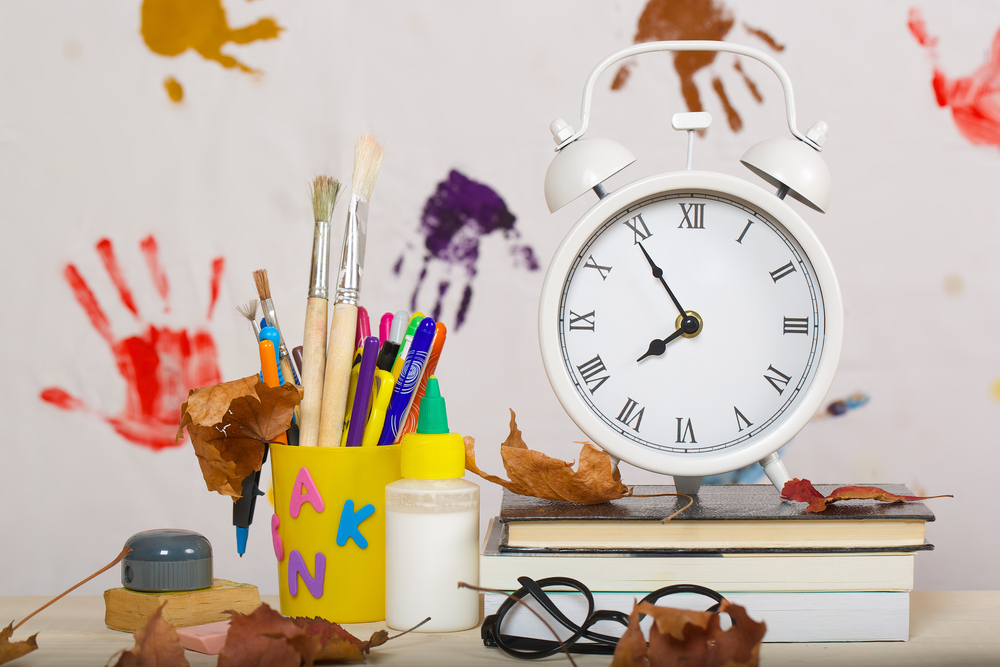
.jpg)






